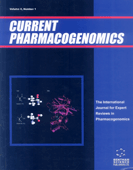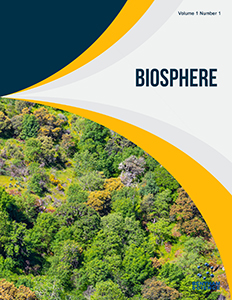Abstract
Two low molecular weight amelogenin gene splice products (A+4 and A-4), used for pulp capping after surgical pulp exposure in the rat first maxillary molars, have been shown to induce the formation of a reparative dentinal bridge. A-4 can induce mineralization of the atubular orthodentinal type to totally fill the root pulp canal with a homogeneous mineralized structure. The two molecules recruit latent adult pulp progenitors to form actively dividing cells, which differentiated into cells bearing an osteoblast-odontoblast phenotype to produce an extracellular matrix implemented in reparative mineralization. We conclude that pulp capping with bioactive molecules will direct new approaches in biodentistry.
Keywords: Dental Pulp, Progenitor Cells, Amelogenin Splice Products, Pulp Capping, Biodentistry
About this chapter
Cite this chapter as:
Yassine Harichane, Sasha Dimitrova-Nakov, Anne Poliard, Arthur Veis, Pamela DenBesten, Odile Kellermann, Michel Goldberg ;In Vivo Effects of Amelogenins on Reparative Dentin Formation, Amelogenins: Multifaceted Proteins for Dental and Bone Formation and Repair (2010) 1: 174. https://doi.org/10.2174/978160805171711001010174
| DOI https://doi.org/10.2174/978160805171711001010174 |
Print ISSN 2589-3076 |
| Publisher Name Bentham Science Publisher |
Online ISSN 2210-2841 |






















